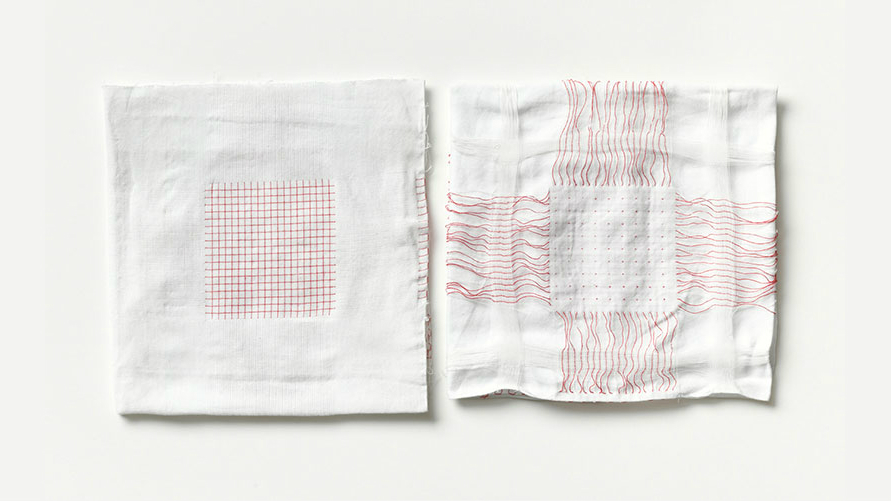How much privacy are we willing to give up?
[cross-posted at the TechLearning blog]
I’ve been reading Everyware:
The dawning age of ubiquitous computing
by Adam Greenfield. It’s a
fascinating book and I’m learning a lot.
Greenfield’s essential premise is that in the foreseeable future sensors and
transmitters can and will be embedded into everyday objects, ranging from the
clothes on our body to the milk in our refrigerator to the blanket on our bed to
the picture frame on our wall. This essentially makes the things we use everyday
into quasi-digital devices. The rapid evolution, miniaturization, and
affordability of RFID chips, and their incorporation into various aspects of
life, is one example of this trend. The inclusion of GPS technologies in cars,
cell phones, and watches is another. So is some of the work currently being done
with mesh networks, smart
dust
, and the like. Once embedded, these sensors and transmitters will be
able to communicate with each other and with more complex digital technologies
like your home computer.
Why will sensors and transmitters be embedded into everyday things? Because,
as Greenfield notes, in the battle between convenience and privacy, most folks
are more than willing to give up some privacy for convenience. I saw this in
action quite clearly during my visit to the Microsoft
Home of the Future
in 2006. A few illustrative examples:
- Imagine that your kitchen counter can discern what you put on it (milk,
eggs, flour) and that a recipe appears on the counter surface informing you of
the various things that you can make with those ingredients.
has informed it that you’re running low on pancake mix.
because the motion sensors in Grandma’s apartment haven’t registered any
movement for the past six hours even though it’s mid-day.
sense the people who enter
and adjust the art, lighting, temperature, etc.
to reflect individual preferences.
in your eyeglasses that could register the identity of the person walking toward
you and quickly say into your ear her name and how you know her.
These are just a few of the many, many possibilities. Think medicine bottles
and backpacks, toilets and toys, floors and doors, and…
Greenfield believes that the arrival of ambient
informatics
is inevitable. The power and potential will be too
great for most people to refuse and, in many cases, the capabilities will be in
place before folks even have a chance to think too hard about it and/or make
objections. However, Greenfield also notes that we need to start thinking and
talking about whatever social, ethical, and other concerns we may have right
now. After these informatics are embedded and installed, it often will be too
late because there are logic rules that are built into the construction of the
sensors and transmitters. For example, maybe you don’t want your floor or front
door or toilet ‘spying’ on you but you do want your refrigerator to do so. You
need to think about that at the front end during the design and/or purchasing
stage, not after the fact.
There’s a lot more I could say on this, but I’ll close with a strong
recommendation that folks read Everyware.
It’s a very different way to think about digital technologies and yet I agree
with Greenfield that it will be our future. We need to start talking about this
aspect of ubiquitous computing and we need to ask
ourselves, “How much privacy are we willing to give
up?
“




